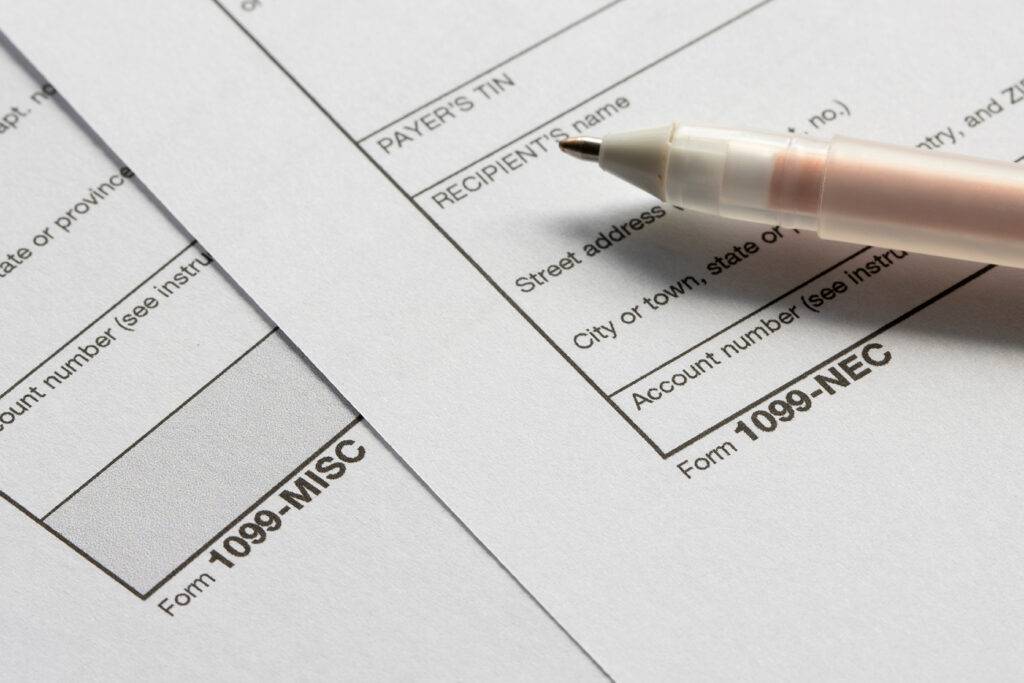
On November 5, 2025, the Treasury Department and IRS announced penalty relief from One, Big,
4 min read
Black Friday is here. Get deals across the digital catalog, seminars, credit packages, and more.

Worker classification remains a top priority for the IRS as the agency continues its efforts to recover back payroll taxes from employers who misclassify employees as independent contractors. The financial implications are significant—employment tax noncompliance accounts for approximately $119 billion of the federal tax gap for 2022 alone.
The IRS applies three foundational tests when determining proper worker classification:
Behavioral Test: Examines whether the business controls or has the right to control what work is performed and how the worker performs their duties
Financial Test: Evaluates who controls the economic aspects of the work relationship, such as how payment is structured, whether expenses are reimbursed, and who provides tools/supplies
Type-of-Relationship Test: Considers factors like written contracts, benefits provided, permanency of the relationship, and whether services provided are key to the business’s regular operations
Collectively, these tests incorporate approximately 20 different factors that the IRS weighs when making classification determinations.
Under certain circumstances, businesses may qualify for protection against worker reclassification under Section 530 of the Revenue Act of 1978. This provision can prevent the IRS from reclassifying independent contractors as employees, even when the facts might support employee status under the traditional tests.
Revenue Procedure 2025-10, issued in early 2025, provides updated guidance on Section 530 relief, clarifying and expanding upon previous guidance. This represents the first comprehensive update to Section 530 guidance since Revenue Procedure 85-18 was issued in 1985.
To qualify for Section 530 protection, a business must satisfy three critical requirements:
The business must have filed all required federal tax returns (including Forms 1099) for the workers consistent with independent contractor treatment. Rev. Proc. 2025-10 clarifies that:
The business must not have treated the worker in question, or any worker holding a substantially similar position, as an employee after December 31, 1977. The updated guidance:
The business must have had a reasonable basis for not treating the workers as employees. This can be established through:
Rev. Proc. 2025-10 provides important clarifications on several additional points:
The updated guidance also clarifies that if a taxpayer establishes a prima facie case for Section 530 relief under one of the three statutory safe harbors and has fully cooperated with IRS requests, the burden of proof shifts to the IRS. However, this burden shift doesn’t apply if the taxpayer is relying on the “other reasonable basis” test.
The detailed guidance in Rev. Proc. 2025-10 provides tax professionals with clearer standards for advising clients on worker classification issues. Given the high stakes involved with employment tax compliance, practitioners should:
The IRS commitment to employment tax compliance shows no signs of waning even though personnel cuts are looming if DOGE and the administration follow through with their proposals. Employment taxes constitute a significant portion of the tax gap. Businesses should expect continued scrutiny of worker classification decisions.
Subscribe to our news, analysis, and updates to receive 10% off your first purchase of an on-demand digital CPE course.